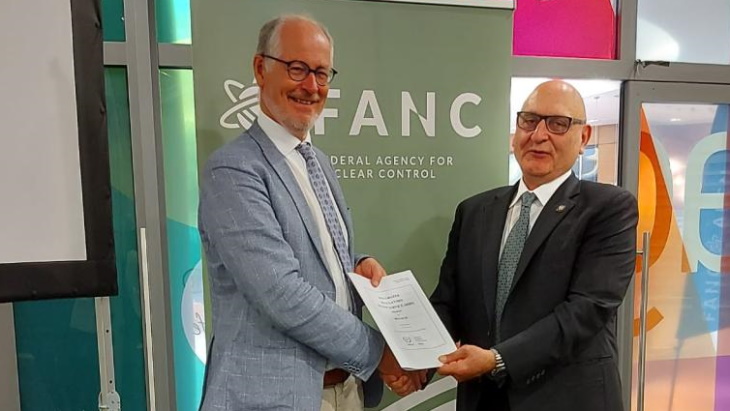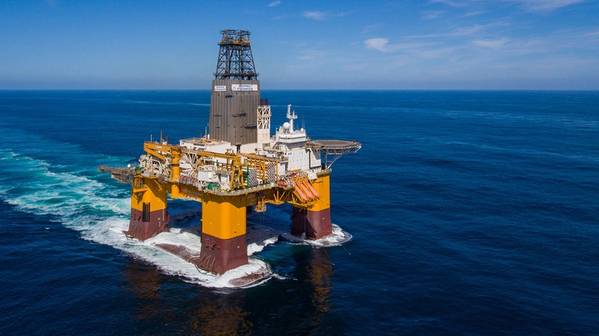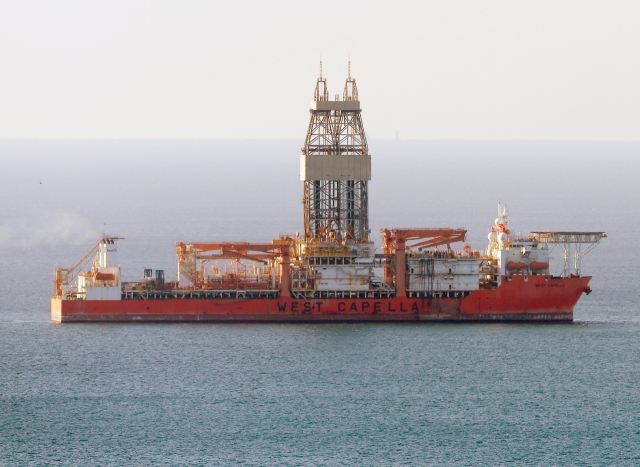
IRRS missions are designed to strengthen the effectiveness of the national nuclear and radiation safety regulatory infrastructure, based on IAEA safety standards and international good practices, while recognising the responsibility of each country to ensure nuclear and radiation safety.
The IRRS team conducted the mission to Belgium from 19 to 30 June. The mission, carried out at the request of the Belgian government and hosted by the Federal Agency for Nuclear Control (FANC) and Bel V, was part of the second IRRS cycle to Belgium. The first IRRS mission to Belgium took place in 2013, with a follow-up review in 2017.
The team - comprising 19 senior regulatory experts from 18 Member States and three IAEA staff members, reviewed the regulatory oversight of facilities, activities, and exposure situations.
The IRRS team identified a good practice regarding the oversight of interfaces between safety and security. It particularly noted the conduct of annual inspections on this subject at nuclear power plants. The team considered that the main challenge in Belgium was to identify and ensure the necessary competences and adequate financial resources of the regulatory body due to the evolving nuclear energy policy in the country.
"FANC is a mature regulatory body founded on a comprehensive regulatory framework, and Bel V as Technical Safety Organisation is fully engaged in supporting FANC in delivering its mandate," said IRRS team leader Ramzi Jammal from the Canadian Nuclear Safety Commission.
"The uniqueness of Belgium's safety and security interface is a model for all countries to protect the environment, the public and the workers effectively. The government of Belgium must continuously support FANC to ensure its sustained readiness under any future national nuclear energy strategy."
The IRRS team also made several recommendations to further improve the regulatory system and the effectiveness of the regulatory functions in line with IAEA safety standards. These include that the government ensures that its decisions relating to the nuclear energy policy and the financial resources are made in a timely manner so that FANC fulfils its mandate under any circumstances. The regulatory body should complete the regulations in relation to site evaluation for future nuclear facilities. In addition, the regulatory body should revise the regulations relating to specific aspects of decommissioning; radiation sources facilities and activities; occupational, medical and public exposures; transport of radioactive material; and emergency preparedness and response.
"Although the nuclear environment in Belgium is changing, the review team confirms that as a regulatory body, we are well prepared to face present and future challenges. We remain committed to continuously improve our organisation and regulatory framework," said FANC Director General Frank Hardeman.
The mission will be followed later this year by an IAEA Integrated Review Service for Radioactive Waste and Spent Fuel Management, Decommissioning and Remediation (Artemis) mission, which will assess radioactive waste and used fuel management, decommissioning and remediation programmes in the country.
Belgium operates five nuclear power reactors at two plant sites - Doel and Tihange - that account for 46.4% of the country's electricity generation. In 2003, the government decided to phase out nuclear power by 2025 but opted in 2022 to take steps to extend the operation of two reactors - Doel 4 and Tihange 3 - until 2035. Two more reactors are in permanent shutdown. Other nuclear installations include research reactors, a radioactive waste treatment facility and an isotope production facility. In addition, medical and industrial applications of radioactive sources are widely used.







